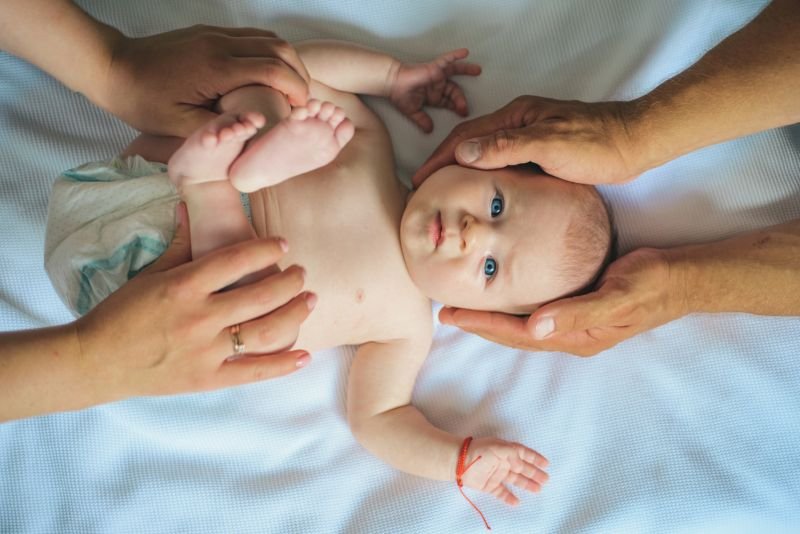Repositioning Techniques For Torticollis
Repositioning is a tool Physical Therapists' use as early intervention for children with Torticollis and/or Plagiocephaly. It is important to be attentive to your baby’s posture and take note any consistency in your baby’s neck position. Watch your baby over a series of days to see if there is a preferred rotation or tilt no matter how you are holding them or what position they are in.
For babies specifically 0-3 months, what we call “neurological tone” has not kicked in yet so you may have a difficult time feeling the “tightness” in their neck. All you may see in this age group is a preferred neck rotation to the left or right. It is important that once you pick up on this preferred pattern in your baby that you begin repositioning.
Tummy time is extremely important and can be done from day one coming home from the hospital. If in those early weeks you find it difficult to do tummy time on the floor, try putting your baby on your chest to give them more of an incline to lift their head and rotate it from side to side. If they are only looking in one direction, try blocking vision to their preferred side. If they are napping or sleeping, you can gently rotate their head to the opposite direction to get a stretch and prevent head flatness. Side lying is another position that is great early on to optimize midline head control as well midline hand control. Other repositioning techniques include:
-Changing their position on the changing pad to encourage them to look the opposite direction
-Place rattles, siblings, pets, music, or yourself to the side they avoid looking in order to draw their attention to that side.
-In the car seat, try taking a rolled up burp cloth and prop it along the side of their head in order to prevent that end range preferred rotation; or place it on top of the shoulder on the side of the tilt.
-Use a wrap carrier and rotate your child’s head to the nonpreferred side as you go for a walk or get chores done around the house.
-Switch the arm you hold your baby on to give them a bottle and/or make sure you are offering both breasts for breastfeeding.
Please know ITS OK to hold your baby! Avoid car seats, swings, bouncers, pillows and positioning devices as much as possible as they limit neck movement and can increase the likelihood of flat head and neck tightness.

